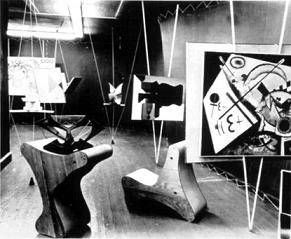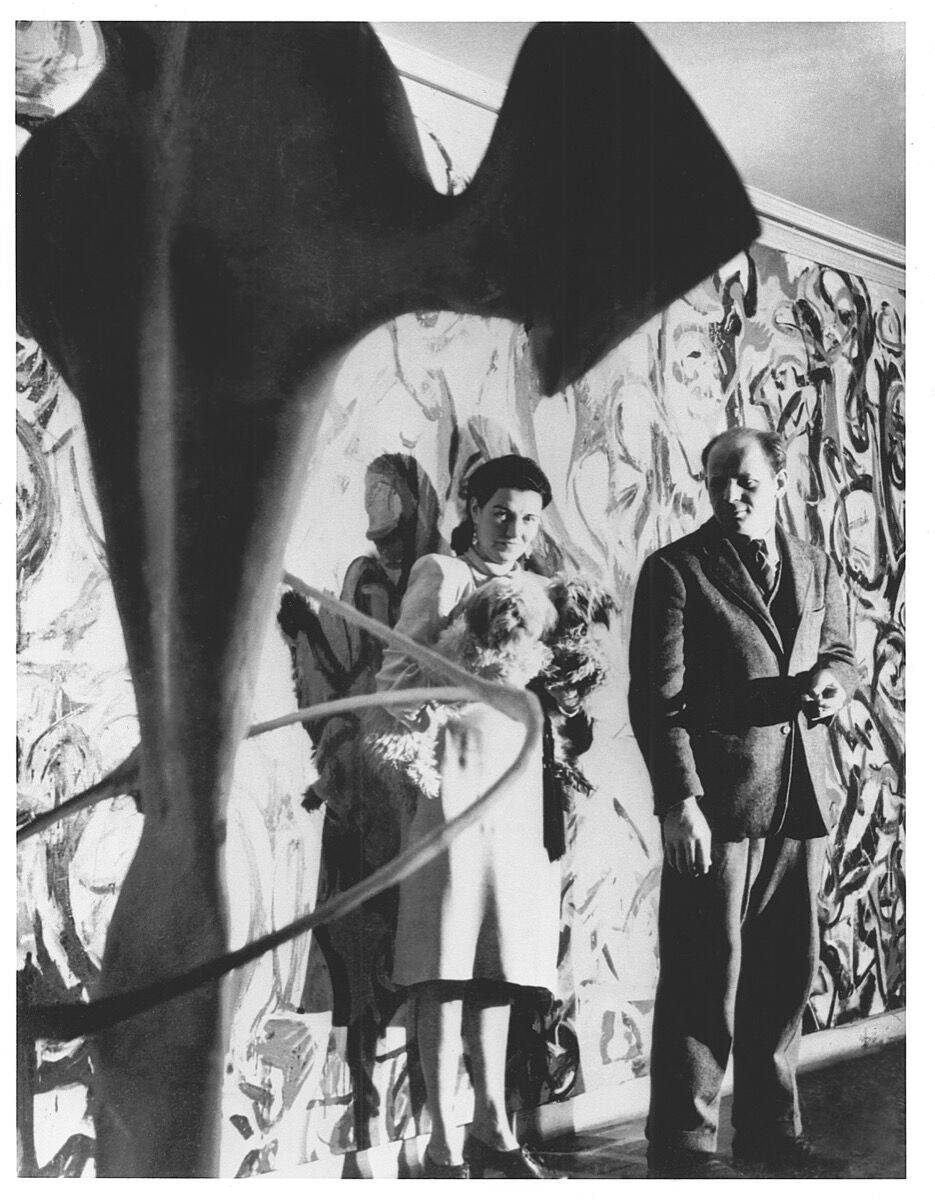 |
| Lubaina Himid. 1954-. Britain Artist and activist. |
How many artists can you name? Chances are, you'll have named many more men than women. From the moment we are children, most of the artists and artworks we are exposed to are created by or about men. It's time to rebalance the scales and open up the artistic 'canon', introducing more women and ethnic minorities into the widely known narrative of art history. Here, I'll be trying to do just that in the style of a children's story, introducing you to one more woman from art and art history who, until now, you might not have known.
Once upon a time, a little girl lived in a house surrounded
by fabrics and colours. Lubaina Himid’s mother was a textile designer, who was
constantly looking at patterns, designs and shapes. Lubaina started looking too
and realised she had her own artistic skills.
When Lubaina went to university, she studied theatre design
and cultural history. These subjects gave her a lot of exciting knowledge. She
knew how to build things in 3D, which means it’s not just a flat painting but
stands up by itself. She also thought a lot about people’s backgrounds, where
they come from and what that means.
 |
| Add caption |
Lubaina is black and as a young woman she thought a lot
about the place of a black woman in Britain. She thought a lot about women in
art and history. She thought a lot about black people in art and history.
Lubaina noticed there were hardly any famous black female artists and she
wanted to do something to change this.
With her passion for art, she began creating artworks that
could talk about and challenge the place of black women in society.
 |
| Add caption |
In the 1980s, Lubaina started to become well-known for her
life-size cut outs. They were made of huge bits of cardboard and were cut out
in the shape of people and could stand up all by themselves. Lubaina would fill
art galleries with these cardboard people. They were so different from just a
flat painting on the wall, they could surround their viewers. Lubaina didn’t
want gallery visitors to be able to walk away from what she was saying. She
wanted people to look at her artwork and really think about it.
 |
| Lubaina Himid, Naming the Money, 2004 |
You might have heard of William Hogarth who is a very famous
white English male artist from the 1700s. Hogarth is one of the most famous
English artists ever and Lubaina liked his paintings. But she wanted to show
not all famous artists have to be
white men!
 |
| William Hogarth, Marriage A La Mode, 1743 |
So, in 1986, Lubaina made a huge artwork called A Fashionable Marriage. In it, Lubaina
copied one of Hogarth’s paintings about an unhappy marriage. Instead of a painting,
Lubaina made all the characters big cardboard cut outs. In Hogarth’s painting,
there weren’t any black people, so Lubaina made one of the characters a black
female artist, standing right in the middle of the room, the most important
character.
 |
| Lubaina Himid, A Fashionable Marriage, 1986 |
Lubaina’s work was also very political. She made one of the
characters in her piece Margaret Thatcher, the Prime Minister at the time, and
covered her dress in bananas to say she had slipped up a lot with all her
mistakes!
Lubaina’s work celebrated black creativity and challenged
the idea that only white men could create important British art. Lubaina also
organised exhibitions to help other black artists who weren’t able to exhibit
elsewhere. So, she isn’t just an artist but a cultural activist, which means
she is always trying to bring about positive change in our society and how we
view art.
Lubaina has been recognised for her work helping art become
more inclusive and exciting. She received an MBE, an honour from the Queen, for
her services to black women’s art. She also became the first woman of colour to
receive the Turner prize in 2017, a really important prize for amazing artists.
Just like when her mum picked out
beautiful fabrics, Lubaina lives in a house surrounded by interesting objects, brightly
coloured materials and wood carvings. She loves to ‘hear’ the stories of the objects
around her.
Nowadays, Lubaina is living happily ever
after, as a professor at a university in England, teaching art to future
generations.
You May Also Like:
Women of Art History: Peggy
You May Also Like:
Women of Art History: Peggy

















